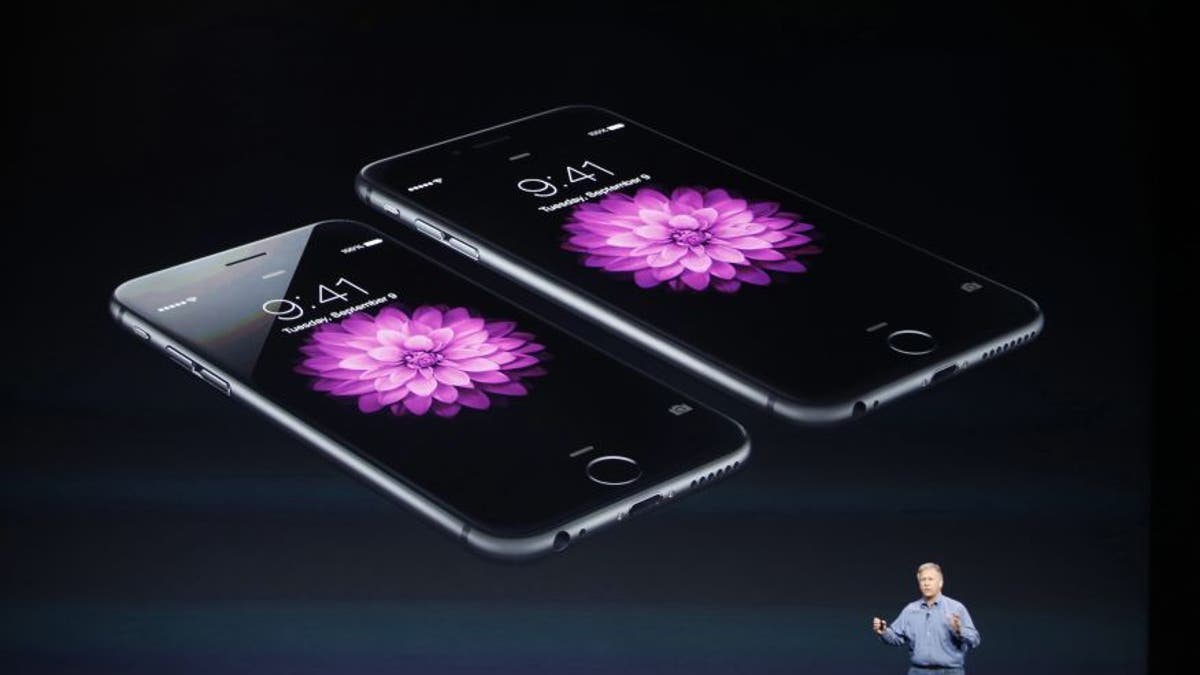
File photo. (REUTERS/Stephen Lam)
Your phone has probably been the bank teller you interacted with most this year, but banking analytics firm RateWatch’s 4th Annual Mobile Banking Survey reveals that only 2 percent of the bank customers/members surveyed considered mobile banking their primary banking option. An overwhelming 62 percent considered the old-fashioned banking at the branch as their primary banking option.
Mobile phones may not be the first place people go to for banking needs, but it has become the most popular. More people perform bank transactions through mobile phones than any other means in 2014, according to a recent survey from global management consultancy firm Bain & Co. The firm surveyed roughly 83,000 bank account owners globally and uncovered 35 percent of all banking interactions occurred on mobile phones.
Related: Parking tickets hurt, but NYC plans to ease the ache with Apple Pay
Banks have begun restructuring the way they do business to adapt to the growing number of people who want the bank to live in their pocket. Chase Bank has over 18 million mobile banking customers and Gavin Michael, head of digital at Chase informed The Washington Journal mobile banking’s rise is “redefining how we think about banking.” The banking industry as a whole seems to share this mentality as RateWatch’s survey also revealed the percentage of financial institutions offering mobile banking services has doubled from 41 percent in 2011 to 82 percent in 2014.
Mobile banking is as much about helping customers manage their funds easier as it is about helping financial institutions save money. A 2012 report from business development firm Fiserv explained digital transactions cost banks an average of 17 cents compared to 85 cents for ATM transactions and a relatively gargantuan $4 for teller visits.
